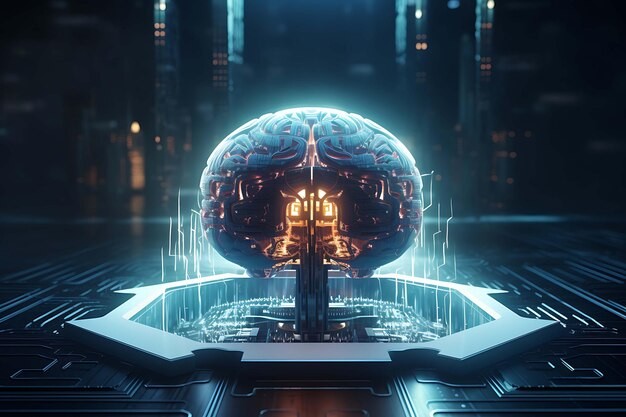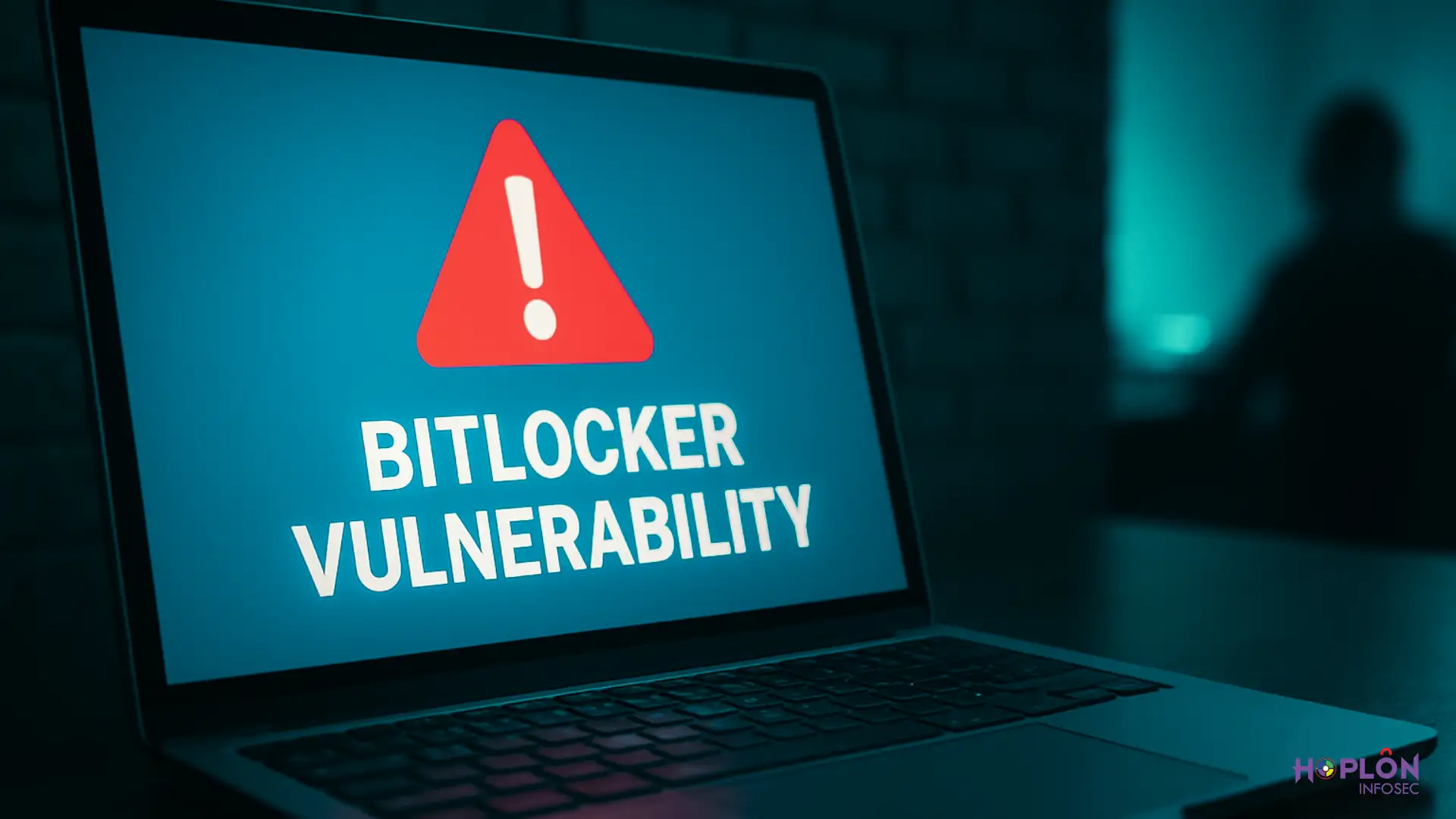Artificial Intelligence (AI) is revolutionizing the cybersecurity landscape. From automating threat detection to enabling adaptive defense mechanisms, AI has emerged as a powerful ally for security professionals. But as with any disruptive technology, AI is a double-edged sword. The same tools that help defend networks can also be weaponized by malicious actors. This raises a critical question: Is AI the guardian of modern cybersecurity, or a looming threat in disguise?
This article explores both dimensions of AI in the cybersecurity; how it enhances protection, how it can be exploited, and what organizations must do to harness its power safely.
How Strengthening AI in the Cybersecurity?
AI and Machine Learning (ML) are transforming security operations centers (SOCs) by enhancing speed, scale, and accuracy. Key benefits include:
1. Threat Detection and Prediction
AI can analyze vast volumes of data and recognize patterns that indicate abnormal behavior. This enables:
- Early detection of zero-day exploits
- Predictive analysis of emerging threats
- Identification of insider threats through behavioral analytics
AI can identify hidden malware by studying file behavior instead of relying on traditional signature-based detection. It can also establish baselines of user activity to flag subtle changes that could indicate an account takeover or privilege abuse.
2. Automated Incident Response
AI-driven SOAR (Security Orchestration, Automation, and Response) platforms can:
- Quarantine infected endpoints
- Shut down malicious processes
- Trigger alerts without human intervention
This rapid response drastically reduces the “dwell time” of attackers in networks, minimizing damage.
3. Phishing Detection and Email Security
Natural Language Processing (NLP) models help identify:
- Fake domains and spoofed email headers
- Contextually suspicious content in phishing emails
- Business Email Compromise (BEC) attacks
AI can learn to recognize the linguistic style of executives to prevent impersonation. It can also monitor link reputation and assess real-time risks of email attachments.
4. Vulnerability Management
AI can prioritize vulnerabilities based on:
- Exploitability
- Asset criticality
- Threat intelligence
Rather than addressing every CVE, AI helps teams focus on vulnerabilities most likely to be targeted, dramatically improving operational efficiency.
5. User and Entity Behavior Analytics (UEBA)
AI creates baselines of normal activity and flags anomalies that could indicate:
- Credential compromise
- Lateral movement
- Data exfiltration attempts
UEBA tools are instrumental in flagging advanced persistent threats (APTs) that avoid detection by mimicking legitimate user activity.
In essence, AI acts as a force multiplier for defenders, enabling faster, smarter, and more scalable cybersecurity. It helps detect threats that human analysts might miss and automates actions that would otherwise take hours or days.
When AI Becomes the Attacker’s Weapon

While AI is a boon for defenders, it is equally becoming a tool for attackers.
1. AI-Powered Phishing and Social Engineering
Attackers are using generative AI to craft highly convincing phishing emails and deepfake videos:
- AI-written emails that bypass grammar-based spam filters
- Voice cloning of executives for vishing (voice phishing)
- Deepfakes used in corporate scams or identity fraud
These methods dramatically increase the success rate of phishing attacks, making traditional awareness training insufficient.
2. Adversarial AI Attacks
Cybercriminals can manipulate AI models used in detection through:
- Poisoned training data
- Evasion techniques like adversarial inputs that trick AI into misclassifying threats
This includes subtle modifications to malware that fool AI classifiers or injecting bad data into model training to skew results.
3. AI in Malware
AI-enabled malware can:
- Dynamically alter its behavior to evade sandboxes
- Learn and adjust based on host environment defenses
Some malware now includes machine learning to avoid honeypots and determine which systems are worth exploiting further.
4. Speed and Scale of Attacks
With AI, attackers can:
- Scan for vulnerabilities faster than traditional methods
- Launch multi-vector campaigns with real-time adjustments
- Automatically evade detection systems
AI allows even low-skilled attackers to deploy complex campaigns with automated decision-making built in, reducing the advantage defenders once had.
In short, AI is democratizing cyber offense, lowering the barrier for sophisticated attacks and creating scalable, personalized threats.
Real-World Case Studies
1. Darktrace in the UK National Health Service (NHS)
In 2021, AI cybersecurity firm Darktrace helped detect an advanced ransomware attack targeting NHS infrastructure. The AI detected anomalous lateral movement and flagged unusual data access patterns before encryption began. As a result, IT teams were able to isolate the threat in time, avoiding a potentially catastrophic breach.
2. Microsoft Defender and Nobelium Attacks
During the 2020–2021 SolarWinds/Nobelium campaign, Microsoft used AI-powered telemetry across its Defender platform to detect unusual login patterns, lateral movement, and privilege escalation across cloud services. The system flagged these actions long before traditional SIEMs caught up, aiding in attribution and mitigation.
3. Deepfake CEO Scam (UK-Based Energy Firm)
2019 incident involved criminals using AI-based voice synthesis to impersonate the CEO of a UK energy company. The deepfake phone call instructed an executive to transfer €220,000 to a fraudulent supplier account. The funds were lost before law enforcement could intervene, demonstrating how AI can be exploited for high-level social engineering.
4. Tesla’s AI Threat Response
Tesla uses real-time AI to monitor its car software, backend systems, and internal IT infrastructure. In 2023, AI flagged an unauthorized attempt to modify over-the-air software updates for test vehicles. The issue was resolved before any firmware changes were deployed thanks to anomaly detection and automated response.
These real world incidents illustrate the dual-edged nature of AI in the cybersecurity, serving both as a guardian and a potential vulnerability vector.
The Blurred Line: AI vs AI
We are entering an era where AI defends against AI. Threat detection systems use ML to block malicious bots that are, in turn, AI-driven. The result is a digital arms race with evolving tactics on both sides.
Examples include:
- Botnet detection algorithms vs. adaptive botnet behavior
- Deepfake detection tools vs. synthetic media generation
- Anomaly detection AI vs. behavior-mimicking malware
The line between attacker and defender AI continues to blur, with both sides leveraging the same technologies for opposing goals. AI red teaming is now a formal strategy used to test the robustness of AI defenses against these new kinds of threats.
Ethical and Privacy Concerns
AI in the cybersecurity raises critical ethical issues:
- Bias in algorithms: Unfair risk scoring or user profiling
- False positives/negatives: Unjust blocking or failure to detect real threats
- Surveillance creep: Over-collection of personal data
- Accountability: Who is responsible for decisions made by AI systems?
Ethical AI frameworks are being developed to ensure fairness, transparency, and respect for human rights. Organizations must ensure their AI systems are auditable, explainable, and compliant with data protection laws.
Regulations such as the EU AI Act and updates to GDPR increasingly require companies to assess the risks posed by their AI tools. Privacy by design and ethics by design are becoming critical components of AI deployments.
Best Practices for Secure AI Adoption in Cybersecurity
Organizations must adopt AI responsibly. Key practices include:
1. Model Transparency and Explainability
- Use AI models that provide insight into how decisions are made
- Prefer interpretable models for sensitive decision-making
2. Continuous Training and Monitoring
- Regularly update models with new threat intelligence
- Monitor for model drift and retrain as needed
3. Adversarial Testing
- Test AI defenses against attacks designed to exploit their weaknesses
- Simulate adversarial scenarios during red team exercises
4. Human in the Loop Design
- Combine AI automation with human oversight for critical decisions
- Keep humans in control of escalation, response, and incident resolution
5. Governance and Ethics Policies
- Establish clear rules for data use, algorithm auditing, and AI accountability
- Involve cross-functional teams in AI risk assessments
6. Collaborative Intelligence
- Use AI as a support system, not a replacement, for security analysts
- Build workflows where AI surfaces insights and humans make final calls
Ultimately, AI should be an augmentation layer that enhances and not replaces human expertise.
Securing the Future

AI is both a guardian and a threat in the cybersecurity domain. Its immense power to detect and respond to attacks must be carefully managed to prevent it from becoming a weapon in the wrong hands.
The future of cybersecurity is not AI versus humans but AI working alongside humans. Organizations must remain vigilant, investing not only in AI tools but also in their responsible deployment.
The key to success lies in balance:
- Embrace automation, but keep humans in the loop
- Push the boundaries of detection, but manage the risks of overreach
- Innovate, but regulate
In this new frontier, vigilance, adaptability, and transparency will be as critical as the algorithms themselves. As cyber threats evolve, so must our defense strategies and AI, when managed properly, can be our strongest asset in securing the digital future.




